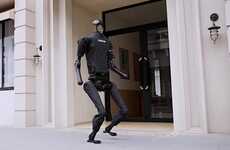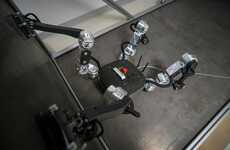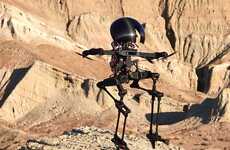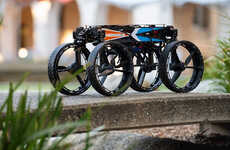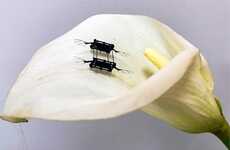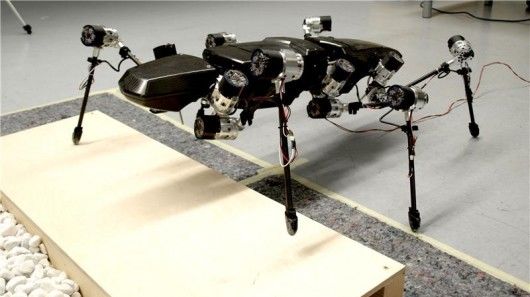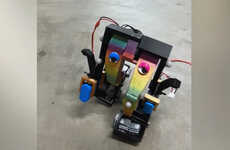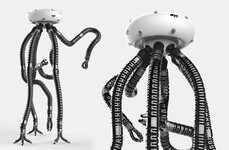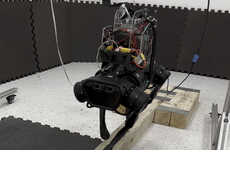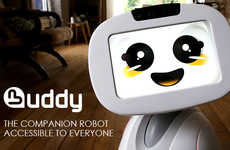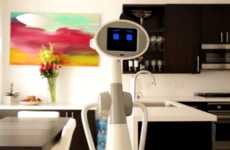
Hector the Robot is Inspired By Stick Insects
Rahul Kalvapalle — December 31, 2014 — Tech
References: ekvv.uni-bielefeld.de & gizmag
Hector is a stick insect-inspired robot built by researchers at Bielefeld University in Germany. It is hoped that Hector, whose name stands for 'Hexapod Cognitive Autonomously Operating Robot'. will not only benefit the robotics world but also biologists interested in animal movement.
While most six-legged robots tend to walk using a tripod or some other fixed leg gait, Hector has a free gait, meaning it utilizes flexible leg control to navigate rough surfaces, with each leg making independent decisions regarding when and where to move. The robot uses what is called 'active posture adaptation', which allows it to use its sensors to figure out how to get over obstacles such as wooden platforms.
This stick insect-inspired robot also features a very light exoskeleton made from carbon-fiber reinforced plastic. The robot has 18 passive electric joints that mimic muscle movement.
While most six-legged robots tend to walk using a tripod or some other fixed leg gait, Hector has a free gait, meaning it utilizes flexible leg control to navigate rough surfaces, with each leg making independent decisions regarding when and where to move. The robot uses what is called 'active posture adaptation', which allows it to use its sensors to figure out how to get over obstacles such as wooden platforms.
This stick insect-inspired robot also features a very light exoskeleton made from carbon-fiber reinforced plastic. The robot has 18 passive electric joints that mimic muscle movement.
Trend Themes
1. Flexible Leg Control - Stick insect-inspired robots are using flexible leg control to navigate challenging terrains, which can potentially improve robotics and automation.
2. Active Posture Adaptation - Robots using active posture adaptation could be used to develop a new generation of smart autonomous machines capable of improvising and adapting to uncertain conditions.
3. Exoskeleton Technology - Lightweight exoskeleton technology that can mimic muscle movement is being developed to create highly maneuverable robots.
Industry Implications
1. Robotics - The robotics industry could leverage flexible leg control and active posture adaptation for developing more efficient and adaptable robots.
2. Automation - The automation industry could benefit from stick insect-inspired robots for advanced material handling and logistics operations.
3. Biotechnology - The biotechnology industry could use flexible leg control and exoskeleton technology for designing more agile robotic arms and prosthetics.
3.1
Score
Popularity
Activity
Freshness


